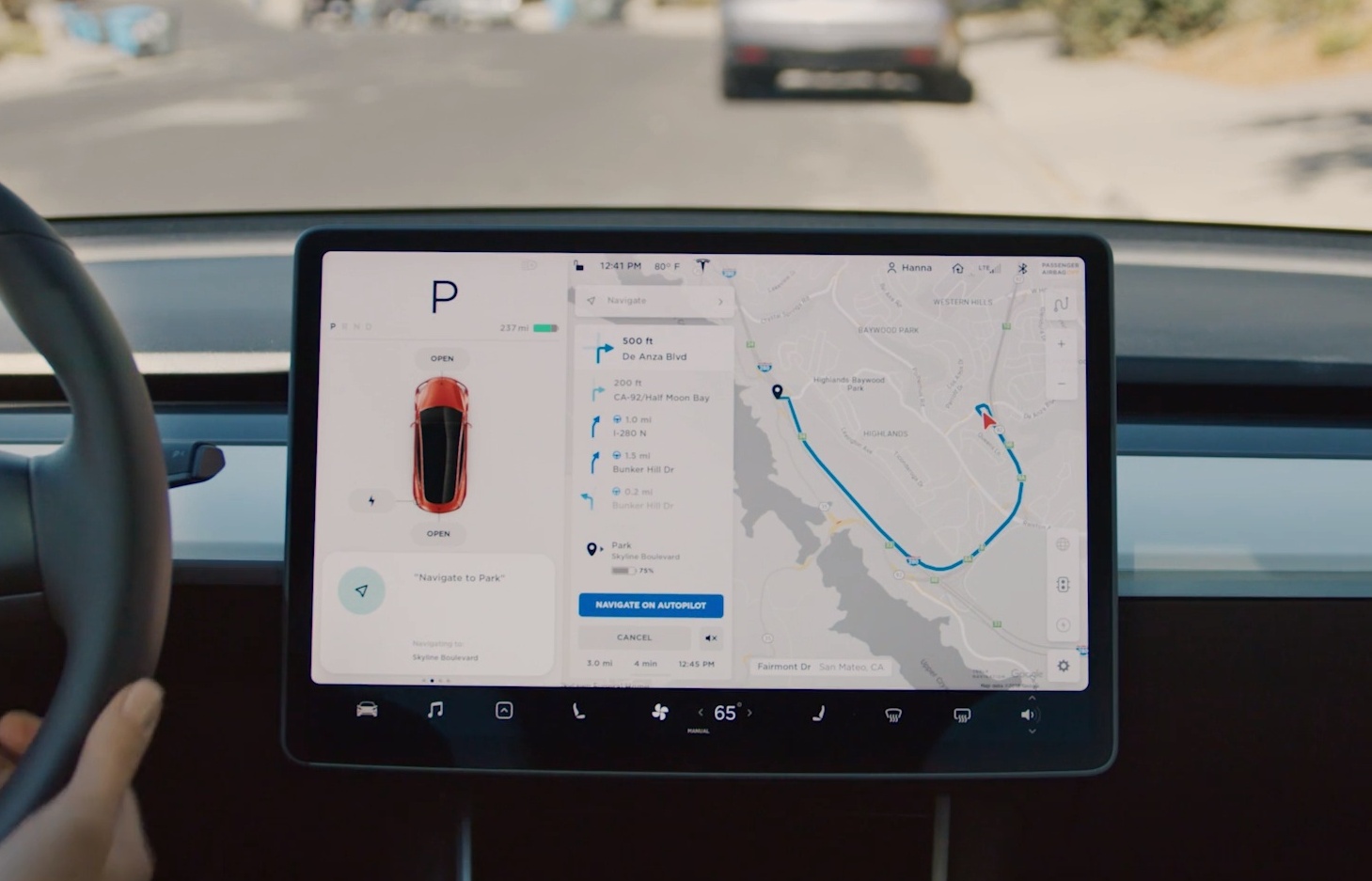Many of us are satisfied with the cars we drive. But the car dealerships we interact with? That’s another matter entirely. If you want a pleasant experience visiting the dealership for service, buy a Buick or a Lexus.
Those brands top their respective price categories in J.D. Power’s annual Customer Service Index study. The study asked 64,781 verified registered owners and lessees of 2021 to 2023 model-year vehicles about their interactions with dealerships, ranking satisfaction on a 1,000-point scale.
Overall Satisfaction Is Improving
Overall, Americans are growing more satisfied with the service experience. The average score – 851 – was five points higher this year than last. The improvement comes mostly thanks to factors outside dealerships’ control.
Related: Car Repairs Keep Getting More Expensive
Last year was rough for the service department. Global supply chain problems meant they struggled to get needed parts. Drivers were left waiting longer than ever for needed repairs. In J.D. Power’s survey, satisfaction fell for the first time in 29 years.
That situation has not improved much. ”Unfortunately, the capacity and wait time issues have gotten progressively worse since the pandemic and show no immediate signs of easing up,” said Chris Sutton, vice president of automotive retail at J.D. Power.
Wait Times Are a Problem
Researchers found that owners of mass-market vehicles waited an average of 5.2 days for a service appointment. That’s worse than a year ago when they waited 4.8 days.
That’s driving owners away from the dealership. Thirty-five percent went to a non-dealer service location because of long wait times at the dealership.
Luxury car owners waited 5.4 days – a slight improvement. But still well above pre-pandemic levels.
EV Service Is Particularly Bad
Service proved particularly bad for buyers of electric vehicles (EVs). Unless, that is, they bought a Tesla. Everyone else is new enough to the EV market that they’re still training dealer technicians in EV repair and developing supply chains to get needed EV parts to dealers.
As EV sales grow, Sutton says, “and the industry moves out of the early-adopter phase, the typical owner will not be as willing to tolerate a less-than-stellar service and ownership experience.”
Having been at it longer, Tesla has worked out more of the kinks.
You Don’t Get More Than You Pay For
As you might expect, luxury dealers beat out mainstream dealers — a smooth, pleasant dealership experience is part of the reason luxury buyers pay more. Lexus was the highest-scoring brand of either category for the third straight year.
But a handful of mass-market brands scored better than the luxury average. Buick, Mini, Subaru, and Mitsubishi all earned scores that would have put them in the top half of the luxury market. While General Motors once marketed Buick as a luxury brand, the average Buick buyer now pays less than the average Chevrolet buyer.
Mainstream Brand Scores
| Brand | Score (1,000-Point Scale) |
| Buick | 887 |
| Mini | 884 |
| Subaru | 877 |
| Mitsubishi | 875 |
| Honda | 863 |
| Chevrolet | 861 |
| Mazda | 861 |
| Nissan | 860 |
| GMC | 852 |
| Toyota | 851 |
| Segment Average | 848 |
| Kia | 838 |
| Jeep | 837 |
| Ford | 835 |
| Dodge | 833 |
| Chrysler | 825 |
| Hyundai | 819 |
| Volkswagen | 819 |
| Ram | 810 |
Luxury Brand Scores
| Brand | Score (1,000-Point Scale) |
| Lexus | 897 |
| Porsche | 894 |
| Cadillac | 883 |
| Infiniti | 882 |
| Acura | 870 |
| Jaguar | 869 |
| Alfa Romeo | 867 |
| Segment Average | 866 |
| BMW | 862 |
| Mercedes-Benz | 858 |
| Audi | 854 |
| Lincoln | 853 |
| Land Rover | 850 |
| Volvo | 849 |
| Genesis | 812 |








